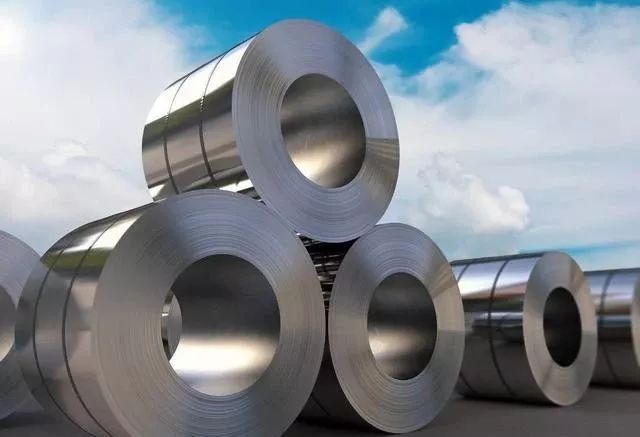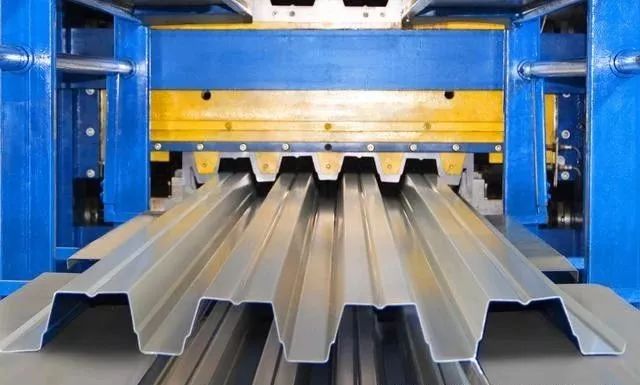Taboo taboos, be sure to remember
2023.03.16

1. The tailoring process should not be used for crispy and hard materials
Pole, landing, and cutting processes should not be used to use materials with high brittleness and high hardness. The crispy materials, the more tears are produced in the tailor; the materials are strong, such as high -carbon steel. The surface of the tailor surface is very large, and it is particularly serious to the thick materials.
Good elasticity, high -moving limits, can get good sections. Especially soft materials such as low -zinc and brass can be cut out of sections with smooth and small tilt.

2. The curved process should not be used to use high elastic materials
The curved process should not be used for high elastic materials. The greater the elasticity of the material, the larger the formation of the formation part of the original state after bending, resulting in the fact that the workpiece cannot reach the scheduled shape, and multiple tests and modifications are required.
The materials of the curved process should have sufficient plasticity, lower yield points and high elastic modulus. The former guarantees that it will not crack, and the latter makes the workpiece easy to achieve accurate shapes. The most suitable materials for curved are low -carbon steel, pure copper and pure aluminum.

3. The depth process should not be used to use materials with poor plasticity
The deep process should not be used to use materials with poor toughness. Due to the small degree of deformation allowed by low plastic materials, it is necessary to increase the pull -up process and the number of intermediate annealing times. Danity uses the material to require strong toughness, low yield point, and good stability.
The smaller the ratio of the yield point of the deep material to the tensile strength, the better the depth performance, and the greater the limit of one deformation. Materials commonly used for depths are low -carbon steel, low -zinc brass, pure aluminum and aluminum alloy, and Austenite stainless steel.

4. The cold extrusion process should not be used for high -strength, low -plastic materials
The cold extrusion process should not be used to use materials with high mechanical strength and low plasticity to avoid increasing deformation resistance and cracking. Cold crowded materials have high plastic, low yield points and low processing hardening sensitivity.
The most suitable materials are pure aluminum and aluminum alloy, brass, tin phosphorus bronze, nickel, zinc and zinc cadmium alloy, low -carbon steel, etc.
Previous:For the bearings, the most important thing is to learn to install, do you pretend?
Next:Hot treatment and tensile strength
Related Information
- Industry news
- The tap or drill bit breaks in the hole, how to fix it?
- Why do airplanes use rivets instead of welding?
- Why are engineering drawings all blueprints?
- How is a ping pong ball made? It turns out that it is made of two pieces of plas
- What to do if quality is abnormal? Doing these 3 things well is the key!
- Weekly News 9.7-9.13
- Huawei's three-fold screen is approaching, and the domestic supply chain is wait
- Innovative application of digital twin technology in integrated die-casting prod
- 5 types of carbide cutting tools, what are the differences? Save this article an
- Global manufacturing PMI in June was 49.5% | Weekly News 7.6-7.12
- Raw material defects | Machining special operations and practical cases 109
- No wonder Toyota stamping is so good: a day in the life of a Toyota stamping sho
- Analysis on the development trend and demand of China's mold industry
- How many types of sealing rings are there in machinery? What are they used for?
- Hangfa, Hangfa, a scar on the hearts of machine processing workers
- How to mill a large arc surface with a small cutter?
- Dynamics of the processing center of the process! What is the fundamental reason
- 500 ° C ultra -strong aluminum alloy! This problem is overcome
- How much do you know about the hometown of machine tools and molds, how much do

 BACK
BACK MT HOME
MT HOME Navbar
Navbar